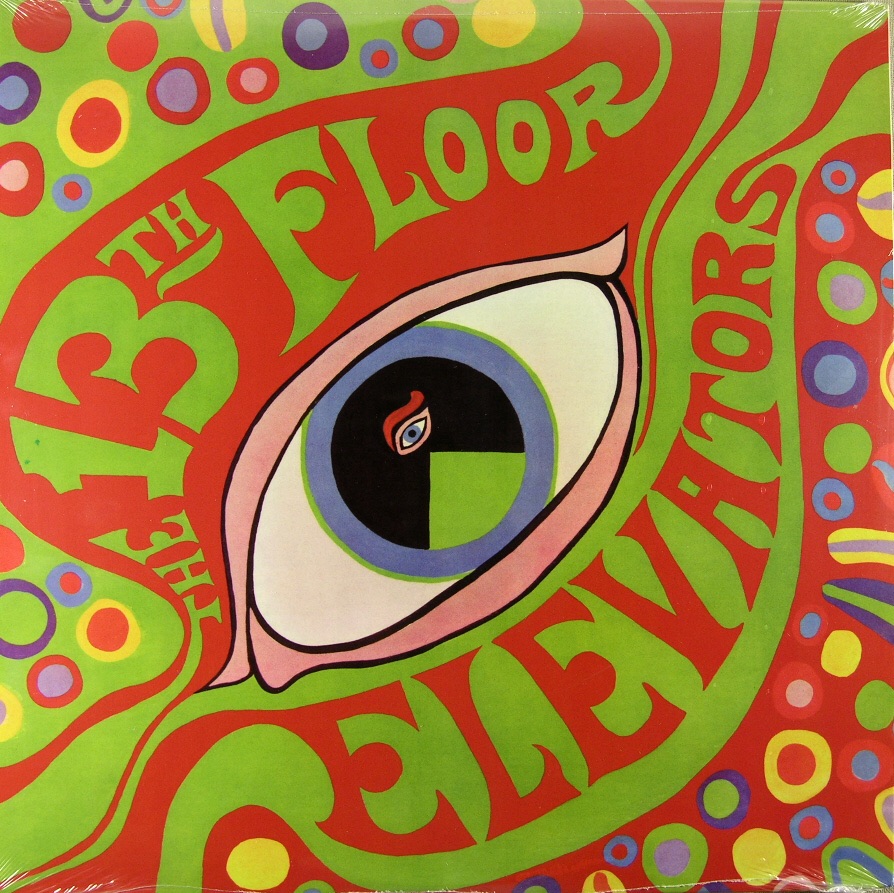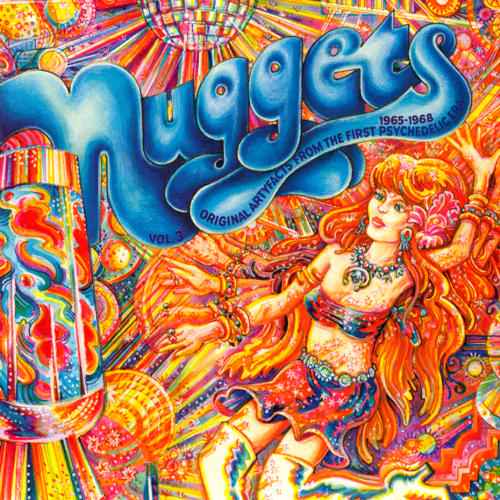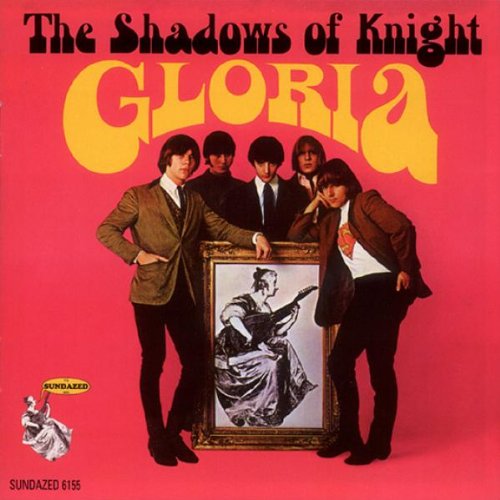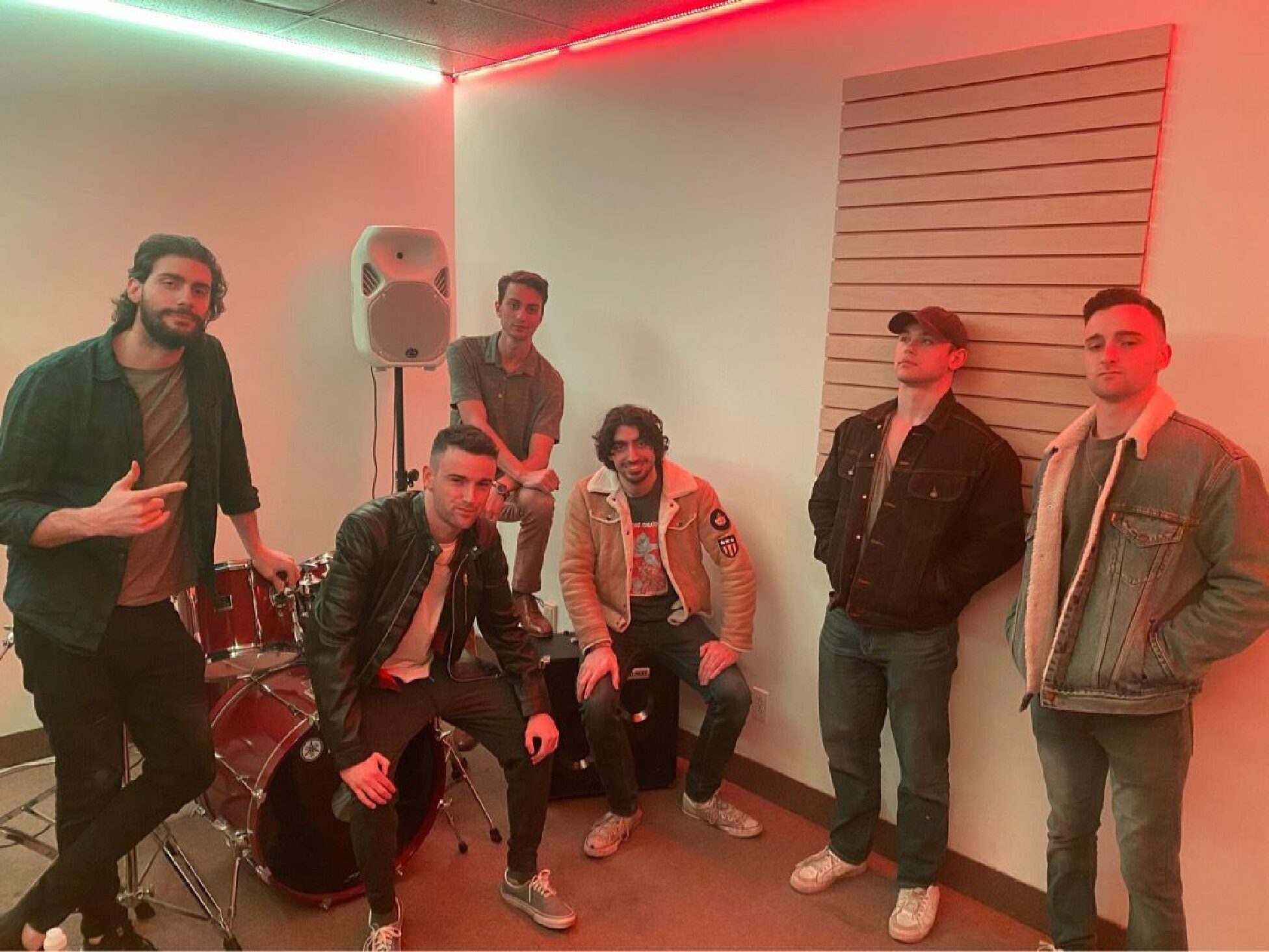A time machine back to 60s youth culture along with the best albums and hits
In 1972—45 years ago, now—legendary music writer, producer and guitarist for the Patti Smith group, Lenny Kaye, teamed up with Elektra Records founder Jac Holzman to put together a compilation which would forever change the scope of music to come. The compilation in question was Nuggets: Original Artyfacts from the First Psychedelic Era, a two-disc assemblage of 27 of the best American garage rock cuts released between 1965 and 1968. Not only did this collection prove to a myriad of aspiring musicians that instrumental mastery isn’t all it takes to make great music, catalyzing the punk scene of the 70s. It also installed the long-bygone garage rock genre—one which was often downplayed in its time by music critics as being overly simple and childish—as a legitimate and respected one. Nuggets shines a light on a horde of forgotten acts whose music would influence generations to come, and serves as gold-standard collector’s item for record enthusiasts.
Though garage rock music is instantly recognizable, it’s incredibly difficult to stifle down to a singular definition. This is due to the great creativity of the genre’s bands as a result of the DIY nature of the music. Styles such as blues, R&B, rock and roll and especially the British-Invasion music of the early 60s, led by groups such as the Beatles and the Rolling Stones, played a large role in shaping these groups’ sounds. Garage rock instrumentation would usually consist of vocals, guitars, bass and drums. The genre would often feature a small organ and heavy psychedelic effects which fell in line with the drug craze of the late 60s. This collision of older music styles with the careless, drug-fueled sentiment of the time enabled these bands to create truly unique sounds which now act as a crucial snapshot of the era.
In retrospect, it’s clear that mid-60s garage was very much a singles-dominated style. While many groups recorded one or two major hits, their output often capped there. Bands such as L.A.’s the Standells, whose raving ode to Boston, “Dirty Water,” stands not only as one of the best garage rock songs ever recorded, but as one of the best period. The Electric Prunes, whose eerily psychedelic “I Had Too Much to Dream (Last Night)” shares similar credentials, and stands as prime a example of this phenomenon.
Todd Rundgren’s group, Nazz, is perhaps the most interesting example of this happening. Formed in Philadelphia in 1967, the group caught their big break opening for the Doors later that year. Despite releasing three commercially-shunned LPs, the band now stands as one of the most influential garage groups of all time. Their acclaim stems from their 1968 single “Open My Eyes,” a track which blended swirling psychedelia with raving pop melodies into a mind-boggling perfection, and helped pioneer styles such as power pop, while acting as the blueprint for Rundgren’s fruitful solo career. In fact, “Hello It’s Me,” the single’s B-side, was later redone by Rundgren in 1973, and became arguably his biggest commercial success.
To call garage rock a singles-led style is not to discount the importance of the LPs that came out of the era. Indeed, a plethora of groups found success past the single and went on to record cohesive records which proved equally vital in marking the era. Texas-based band The 13th Floor Elevators stand as arguably the most important example. Often credited with inventing psychedelic rock as we know it, 1966’s trippy proto-punk opus, The Psychedelic Sounds of the 13th Floor Elevators, proved massively influential to generations of musicians to come and is now considered a seminal piece of modern music.
Fellow psychedelic purveyors, the Music Machine, led by the legendary Sean Bonniwell, is another group whose success surpassed 45s, as the group shined a light on pop’s dar
ker side in its iconic, mellotron-driven 1966 release (Turn On) The Music Machine. On the other end of the spectrum lie LA’s the Seeds, who earned plaudits with their 1966 self-titled effort. The record utilised sun-soaked, acid-fried melodies to convey tales of youthful frustration. Other notable groups to reach this level of withstanding album success are Boston’s the Remains (The Remains, 1966), whose knack for pop songwriting matched their keen musical abilities, and Seattle’s the Sonics (Here Are The Sonics, 1965), who were much heavier than any other group of the era. These aforementioned groups, as well as countless others, played a key role in establishing the garage rock style as more than snotty kids recording poorly-performed covers in their parents’ basements.
The fact that garage rock has stayed relevant for so long and is still played in abundance around the world today speaks volumes about its cultural significance. The boom in popularity of this musical style can be largely attributed to Lenny Kaye and his Nuggets compilation, which was the first to shine a positive light on this music following its fading-away in the late-60s. Not only did garage rock music provide an interesting snapshot of late 1960s youth culture, but it offered an innumerable amount of kids a musical voice they never knew they had.
Recommended Albums:
- The 13th Floor Elevators – The Psychedelic Sounds of the 13th Floor Elevators (International Artists, 1967)
- The Music Machine – (Turn On) The Music Machine (Original Sound, 1966)
- The Remains – The Remains (Epic, 1966)
- The Seeds – The Seeds (GNP Crescendo, 1966)
- The Sonics – Here Are The Sonics (Etiquette, 1965)
- The Monks – Black Monk Time (Polydor, 1966)
- ? & the Mysterians – 96 Tears (Cameo-Parkway, 1966)
- The Count Five – Psychotic Reaction (Double Shot, 1966)
- The Shadows of Knight – Gloria (Dunwich, 1966)
- The Chocolate Watchband – No Way Out (Tower, 1967)
Recommended Singles (From non-album groups):
- “Dirty Water”: The Standells (Tower, 1965)
- “I Had Too Much To Dream (Last Night)”: The Electric Prunes (Reprise, 1966)
- “Respect”: The Vagrants (Atco, 1967)
- “(We Ain’t Got) Nothin’ Yet”: The Blues Magoos (Mercury, 1966)
- “Open My Eyes”: Nazz (SGC, 1968)
- “She’s About A Mover”: Sir Douglas Quintet (Tribe, 1965)
- “A Public Execution”: Mouse and the Traps (Fraternity, 1965)
- “The Trip”: Kim Fowley (Corby, 1965)
- “Liar, Liar”: The Castaways (Soma, 1965)
- “Action Woman”: The Litter (Scotty, 1967)






